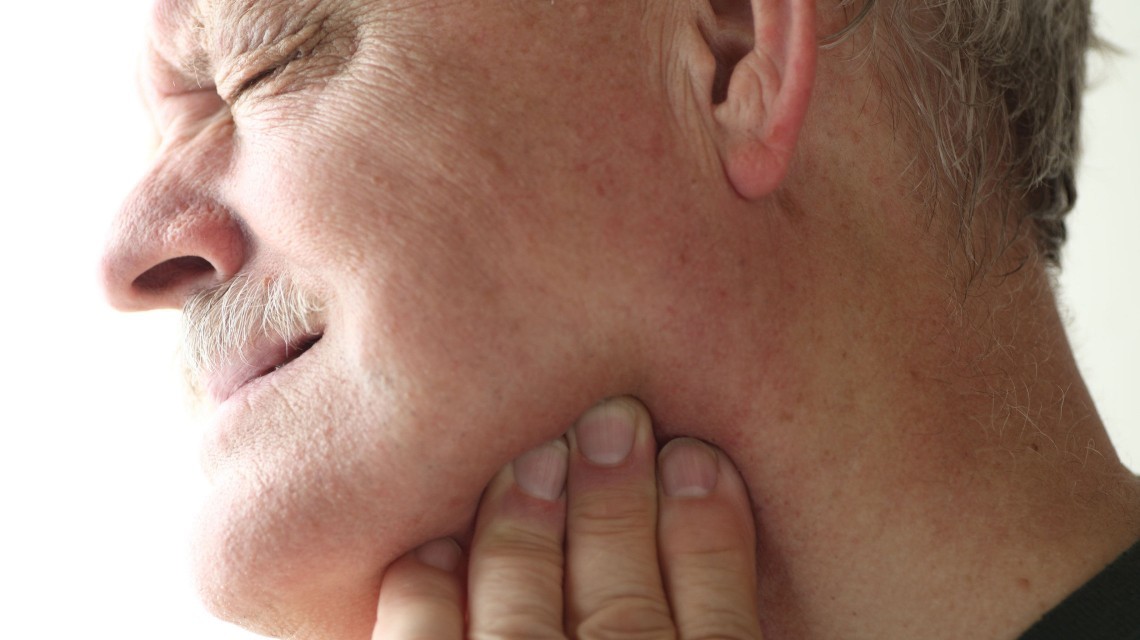 The temporomandibular joint (TMJ) connects the lower jaw to the temporal bone and is located on the sides at the base of the skull. TMJ disorder affects approximately 12 percent of the people in the United States and approximately 9 times as many women as men.
The temporomandibular joint (TMJ) connects the lower jaw to the temporal bone and is located on the sides at the base of the skull. TMJ disorder affects approximately 12 percent of the people in the United States and approximately 9 times as many women as men.
This complex joint allows both the sideways and up and down motions that are needed in order to talk or to chew. When there is a problem in this area it can affect the joint and the muscles around it, causing varying degrees of pain, in addition to restricting movement of the jaw.
There are various symptoms of TMJ disorder including pain when moving the jaw, headaches, neck or backaches, earaches or pain. Frequently there are grinding, popping or clicking sounds that can occur when moving the jaw, and when accompanied with pain or restricted movement, these may be signs of a TMJ disorder. The symptoms may go away after a period of time, or they can be persistent or recurrent.
There are numerous factors that are thought to contribute to TMJ disorder including grinding or clenching teeth at night, injury, arthritis, certain autoimmune diseases, infection, hormones, heredity, or ongoing strain to the area.
At times, all that may be needed is reduced movement such as a mouth guard to avoid clenching or grinding the teeth at night, eating soft food and eliminating chewing gum might provide. Massage, gentle exercises for the jaw muscles, and the application of heat or ice can provide relief. Other cases may be assisted with steroid injections, and the most severe may require surgery or rarely joint replacement.
It’s vital to see a dental professional for diagnosis and treatment advice, as some TMJ symptoms can severely affect the quality of life of those who suffer from them.
If would like more information about TMJ, Dr. Heidi Finkelstein and her caring staff at My Plantation Dentist can help. To schedule your appointment, please contact us today at 954-584-1030.




